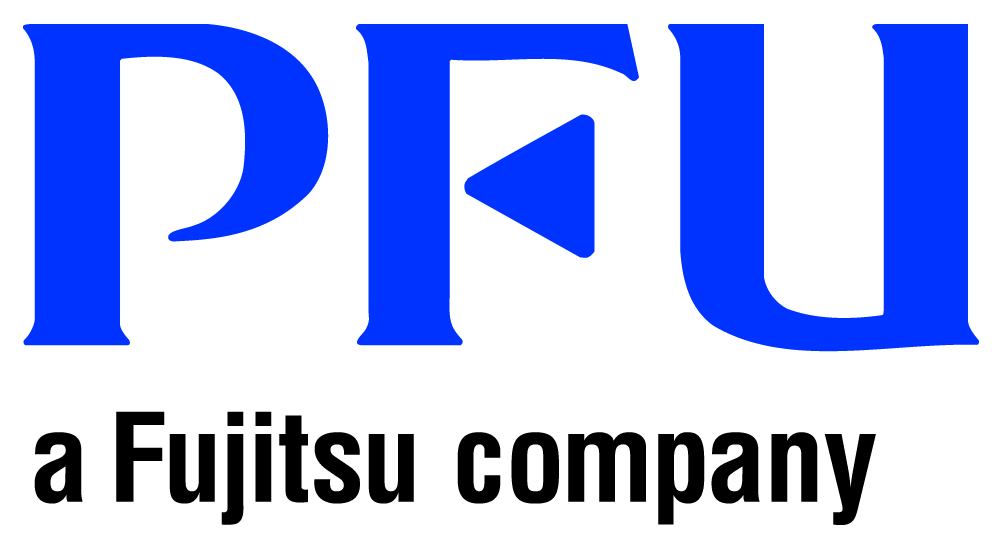Peter Richardson, Senior Marketing Manager at Fujitsu PFU discusses here the benefits for public sector organisations of digitally transforming by embracing paper-based processes.
High-speed service
Everyone demands speedy, personalised services available on a range of devices – the public sector is no exception. Part of the solution is to digitise documents and resources for rapid and secure processing.
The public sector is faced with demands to improve the experience of citizens and make resources accessible to everyone in the community. Too often, paper-based processes become bottlenecks rather than being seen as potential solutions for citizens – many of whom prefer paper. Whether capturing patient records, protecting precious artwork, measuring pupil performance, getting student feedback, or delivering solutions for Council services – savings of both time and money can be achieved by digitising paper quickly and securely.
Below are several excellent examples where public sector institutions and their users have seen significant benefits from scanning paper-based documents into digital solutions.
Controlling paper with document scanning solutions: NHS – linking 500 GP practices with hospital consultants
Providing front line health services to more than 260,000 patients, the North West London Collaboration of Clinical Commissioning Groups’ (NWLCCGs) IT systems provide a vital link between GPs and hospital consultants. Systems and processes need to be seamless to ensure notes are easily captured, stored, shared and accessed across the collaboration’s 500 GP practices and hospitals.
As the amount of information GP practice administrators had to capture on a daily basis continued to rise, the NWLCCGs realised it was time for a new solution. The arrival of the Groups’ new hosted clinical document management system provided the ideal opportunity to look again at digital transformation.
The fleet of Fujitsu fi-7160 scanners selected by the Group provided superior secure high-speed scan quality thanks to its PaperStream IP driver and image enhancement software. It’s advanced black and white and colour processing meant a range of documents could be converted automatically and easily into image data suitable for complex post capture processing for highly accurate OCR results.
“Fujitsu scanners performed better than any other solution against our selection criteria and we now have a scanner which is fast, easy to use and easy to manage.”
Raj Kawa, Senior Desktop Engineer, North West London Collaboration of Clinical Commissioning Groups
Improving University service levels
With tuition fees increasing, a University approached PFU to find better, more responsive ways to prove they were responding to students’ feedback. The University had had low response rates from electronic surveys and wanted to find a solution. The University decided that they needed to give a much better service to their students to improve the response rates dramatically.
The university adopted the Fujitsu fi-6670A high-speed scanner to rapidly and accurately scan multiple-choice forms with the Electronic Paper data-management system to process the results.
The hybrid system successfully trebled response rates and was able to handle 30,000 forms per semester easily. The new system, using document scanners, has not only provided the University with student feedback on modules but saved time and money.
Capturing school resources
Teachers in the art departments of many schools need to record the progress of pupils; normally, this involves photographing artwork which is time-consuming and fiddly.
Many schools have now adopted the SV600 to record the artwork and rapidly build the electronic portfolios, saving time, money and space in schools. The additional benefits of optical character recognition help teachers find the work of any student without having to resort to thumbing through piles of paintings.

Preserving cultural heritage
The Biblioteca Nazionale Centrale di Roma is one of Italy’s two national libraries with a mission to collect and preserve important Italian publications and make these available to the public. The collection is a treasure that has previously only been available to experts because of the fragility of the vellum and papers.
The collection currently includes more than 7,000,000 printed volumes, including 2,000 from the 15th century and 25,000 from the 16th century. The collection also includes over 10,000 drawings and 20,000 maps. These documents are all on paper and other sensitive materials that degrade and need to be preserved. PFU (EMEA) Ltd, part of Fujitsu, were asked to help digitise the collection to help make the resources available to as many people as possible.
The ScanSnap SV600 A3 contactless scanner was selected. In addition to preserving the collection, the SV600 has brought an incredible resource into the public arena allowing academic research and its use in education throughout the world. Much of the archive was rarely exhibited because of their age and fragility – some of the collection had not been seen for many years.
By adopting Fujitsu contactless scanner solutions, the Biblioteca Nazionale Centrale di Roma has been able to protect their invaluable archive for future generations.
“Increasing the number of readers is our goal. The National Library has now started several digitisation projects to preserve Italian literature and make it available to the public. The collaboration with PFU Fujitsu has been superb, and we are very satisfied with the scanned results,” said Dr Osvaldo Avallone, Director of the National Central Library of Rome.
Conclusion
Insight, knowledge and understanding are at the core of all digital transformation projects. Wherever information needs to be gathered and understood, document scanners and the latest software provide a proven solution.
Further information:











